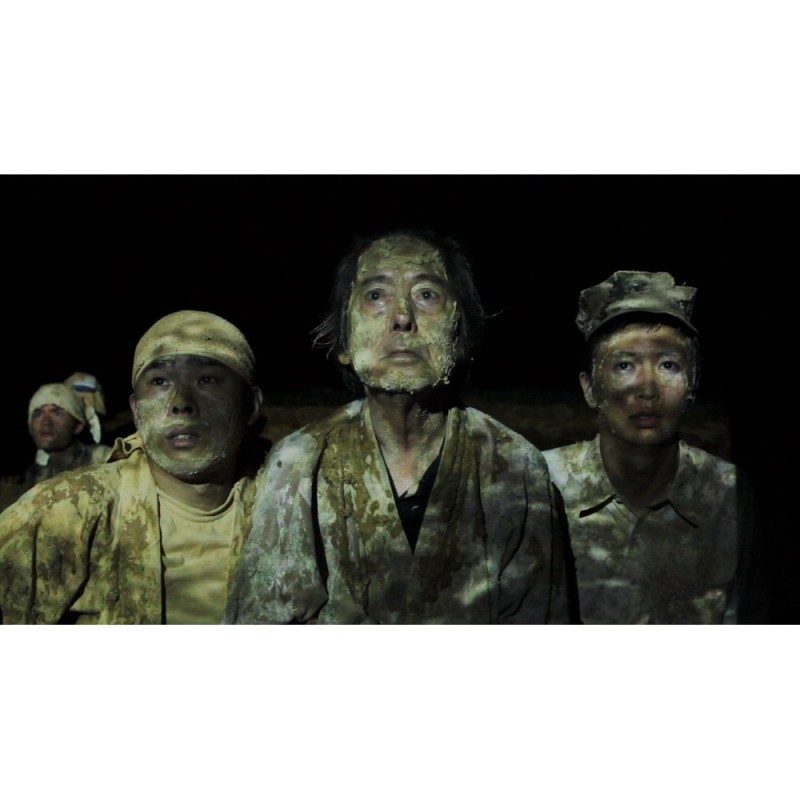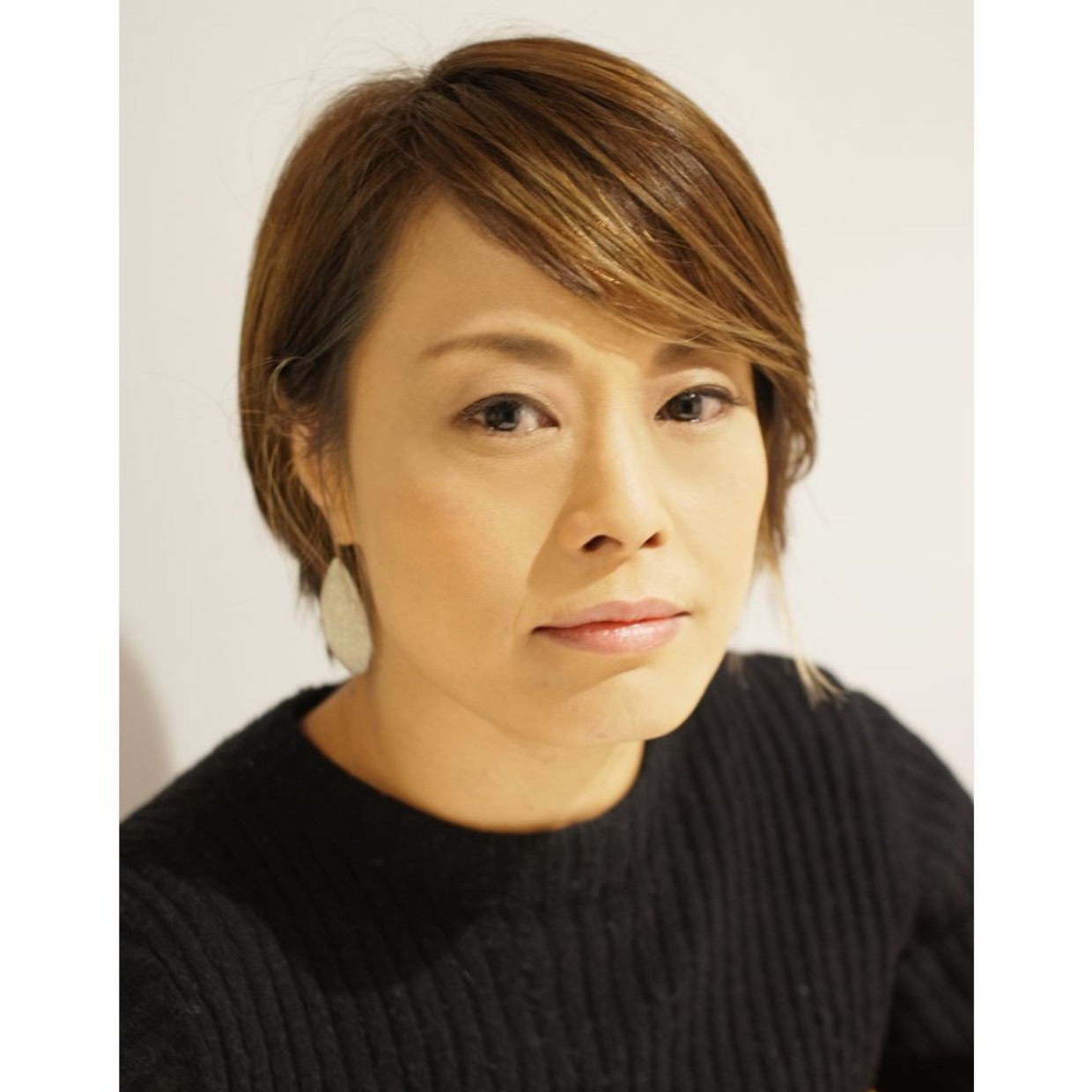artist
Chikako Yamashiro
Chikako Yamashiro is a contemporary video artist who was born in Osaka in 1976. She received an MA from the Graduate School of Formative Arts after receiving a degree in Environmental Design from the Okinawa Prefectural University of Arts. She takes her native Okinawa as the subject of her art to create both video and photographic work. Recent exhibitions include: Asia Pacific Breweries Foundation Signature Art Prize 2018 (The Singapore Art Museum, Singapore,2018,nominated as Signature Art Prize); “From Generation to Generation: Inherited Memory and Contemporary Art” (Contemporary Jewish Museum, San Francisco, USA, 2016-17); “SEVEN JAPANESE ROOMS” (Fondazione Carispezia, La Spezia, Italy, 2016-17); “The Beginning of Creation: Abduction/A Child” (Yumiko Chiba Associates viewing room, Tokyo, Japan, 2016); 2016 Aichi Triennale (the former Meiji-ya Sakae Building, Nagoya, Aichi, 2016); the 8th Asian Pacific Triennial of Contemporary Art (Queensland Art Gallery and Gallery of Modern Art, Brisbane, Australia, 2015-16); “East Asia Feminism: FANTasia” (Seoul Museum of Art, Seoul, South Korea, 2015); “and MAM Project 018:Chikako Yamashiro” (Mori Art Museum Gallery 1, Tokyo, Japan, 2012). Selected publications include: Circulating World: The Art of Chikako Yamashiro (Yumiko Chiba Associates, 2016), Chikako Yamashiro (Yumiko Chiba Associates, 2012), and MAM Project 018: Chikako Yamashiro (Mori Art Museum, 2012). Selected awards include the ZONTA Prize at 64th International Short Film Festival Oberhausen (2018) and the Grand Prize at the Asian Art Award 2017, supported by Warehouse TERRADA (2017). She has participated in the Festival Film Dokumenter (FFD) Yogyakarta(2017).


 mud man,2017
mud man,2017

